After running for a first down, the Miami Dolphins player collided with a defender and collapsed to the ground. Tagovailoa held a ‘fencing pose,’ an involuntary, unnatural arm position caused by a brain injury. Just weeks later, Tagovailoa’s return to play sparked concern from fans and pundits about the safety of the NFL’s concussion protocol.
Tagovailoa’s injury highlights the danger of concussions at all levels of sport. According to the National Institutes of Health, high school athletes are most vulnerable to brain injuries like concussions. An expert in the field of brain injuries and concussions, Malvern Prep’s Head Athletic Trainer, Dr. William Mills Jr., explained Tagovailoa’s injury.
“As an organization, here at Malvern or anywhere else, you want to make sure you’re consistent with what the definition of a concussion is… A concussion is a brain injury that is due to a sudden movement of the head. The brain sits in water, and if it moves outside its range, the cells stretch. When the cells stretch, they’re injured, and that [causes] the symptoms like headache, nausea, dizziness, and memory loss,” Mills said.
Mills stressed how repetitive concussions have the potential to permanently disrupt brain activity, including balance, vision, memory, and cognitive function. Along with all these issues, a history of concussions can make athletes more susceptible to muscle or skeletal injuries.
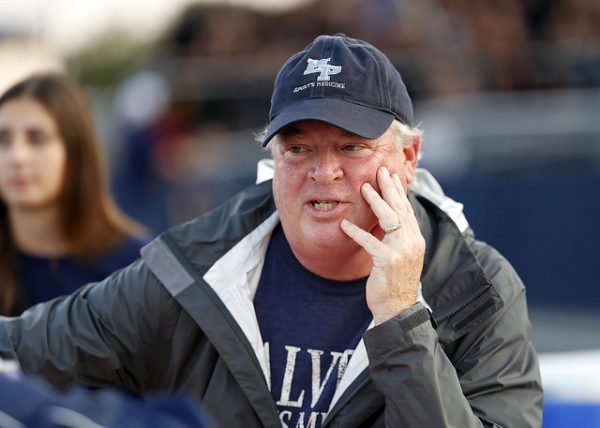
Many predict that Tagovailoa’s numerous concussions will result in serious, long-term effects. One of these effects is Chronic Traumatic Encephalopathy (CTE), a brain condition Mills mentioned in his doctoral dissertation.
“CTE is a condition where there’s a buildup of protein called tau around blood vessels in the brain. Tau proteins affect the function of the brain, and the symptoms that come about are something like dementia… Right now, research does not show a direct relationship between concussions and CTE. [In other words,] there’s not enough proof to say that concussions cause CTE,” Mills said.
All researchers agree that the neurodegenerative disease is challenging to study because it can only be diagnosed after death through a brain autopsy. Mills explained what doctors suspect to be true.
“We don’t really know what causes the CTE and buildup of tau proteins, but we think it’s due to a bunch of tiny hits.”
Most of the general public thinks that protective helmets and other preventive measures can solve the concussion crisis and alleviate impacts to the head, but Mills and scientists say otherwise.
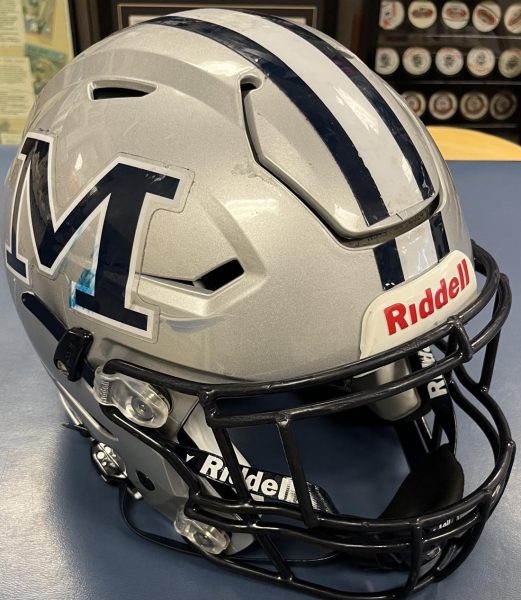
“The job of a helmet in ice hockey, football, lacrosse, and other sports is to protect you from skull fractures. That’s their only job, and they do a great job of that. Concussions are all about movement, not the actual impacts to the head,” Mills said. “One of the more effective designs in sports [to prevent concussions] is an ice hockey rink. The walls are intentionally made very flexible for a more forgiving collision that results in less head movement.”
Guardian Football Caps are the NFL’s newest attempt at player protection. These pieces of gear are thick, soft-shelled pads that go on top of the helmet. Since their introduction to regular-season NFL games this year, they’ve increased in popularity, but Mills isn’t wholly buying the hype.
“In the NFL and in camps, the concussion rate’s down. In my opinion, there’s a reason for that decrease, and it’s not the Guardian Caps,” Mills said. “I think it’s the way that they’re practicing and making better decisions to protect their body.”
As an athletic trainer at an all-boys high school where athletics is a dominant part of the culture, Mills explained that a concussion is one of the most complex injuries to treat. From diagnosis and treatment to complete recovery, Mills detailed the complexity behind brain injuries in sports.
“There’s no physical way of identifying a concussion on the brain—we cannot do CAT scans or MRIs… Along with that, [after treatment,] an athlete’s return to play is pretty much subjective, and that’s the biggest problem. [As athletic trainers,] we have to trust the athlete on telling us how they’re feeling,” Mills said.
Concussions are far more common than many people realize. The National Institutes of Health (NIH) estimates that 1.7-3.8 million concussions occur in the United States each year in athletic and recreational activities. Malvern senior and varsity soccer player Declan Abromavage suffered a concussion last season. Abromavage detailed the process of recovery and his concern for concussed athletes.
“It was just a typical header, and my opponent and I jumped for the ball. He hit my jaw with his fist, and in an instant, everything became a blur. After hitting the ground, I don’t really remember much. I went to the doctor’s, where I learned I had a hairline fracture and a minor concussion,” Abromavage said.
Concussion experts like Mills strongly believe that the NIH’s estimate is not high enough due to injuries that are left ignored or unreported.
“For college athletics, about 70% of athletes do not report symptoms. The competition is at a really high level, and they’re worried about someone taking their place.” Mills continued by saying, “High school is a lot better than it was. It was in the 60% range, but now it’s closer to 30-40%…The mindset is changing,” Mills said.
The mindset change that Mills mentioned is a result of an increased understanding of concussions and their serious health effects. This widespread understanding has led to improved treatment and protocol in the United States.
“Every state now has a state law about concussions. In Pennsylvania, by law, an athlete cannot return to play if they sustain a concussion the same day without a health professional clearance. A return-to-play protocol is also required by law. Each school is responsible for their own protocols. At Malvern, we’re looking to get our protocol even more process-oriented, where we have a checkoff list. [It’s necessary;] we could see as many as 40 concussions a year,” Mills said.
The Episcopal Academy, a private high school just 15 minutes away, has an elaborate concussion policy. Athletic Trainers Ms. Julia Vollmer and Mr. V.J. Crouse shared a statement regarding Episcopal’s concussion protocol.
“In order to keep everyone aware of concussion symptoms and what to do in case one is suspected, we have every coach take a concussion awareness course each calendar year. This has been helpful as sometimes coaches are the first to see an athlete sustain an injury on the court or on the field. If a concussion is suspected, we are in charge of evaluating their current case and referring them to a physician based on our findings… Once they are cleared by a physician and have been given recommendations for treatment, we have them work through a return-to-play protocol that’s a progression over multiple days based on their symptom tolerance. We also use imPACT testing as our baseline concussion testing resource.”
Malvern takes a very similar approach to protocol, ensuring student-athlete safety.
“[At Malvern], we have a concussion team with athletic trainers, the school nurse, learning specialists, the school psychologist, and counselors…We have an online form that people can fill out for possible concussions, and our team will help that student-athlete…Some schools have these concussion teams, but I think we were more cutting edge early on and still are,” Mills said.
Like every organization, Malvern’s knowledge about concussions has grown, so the protocol has changed over the years.
“Before, we’d shut down the athlete for several days. The recent development in treatment is that exercise is being introduced after that day or two. It’s at a sub-level,” Mills said, “but we’re trying to increase blood flow, nutrients, and oxygen to the brain.”
Mills shared the steps in returning an athlete back to play at Malvern. Most organizations in the United States, including the NFL, share steps in common.
“Once somebody gets a concussion, I’ll do a follow-up meeting. From there, I’ll educate the athlete on his injury and call one of our four concussion specialists at CHOP, who calls the parents directly to schedule the student. On the academic side, our Upper School Learning Specialist, Mrs. Cox, will schedule an appointment with the student to advocate for his academics. The student will see me every day to describe his symptoms and discuss how we’ll manage his injury. Once they’re symptom-free for several days, we’ll start the return-to-play protocol, and they’ll get back on the field,” Mills said.
Malvern Prep is also doing real college-level research. In conjunction with Mills, students interested in sports medicine and becoming doctors are studying concussions. Malvern senior Luke Kavka-Coogan shared his experience measuring G-forces, values representing bodily acceleration, and studying their effects on Malvern athletes.
“I did research with Dr. Mills on the correlation between G-forces to the head and concussions for about three months. This included running baseline tests on lacrosse players and putting G-force trackers in athletic helmets and mouthguards. After the season, we measured their data in various balance tests and graded concussion symptom checklists to correlate these results with the baseline. The goal was to analyze the G-forces’ effect on their brain health,” Kavka-Coogan said.
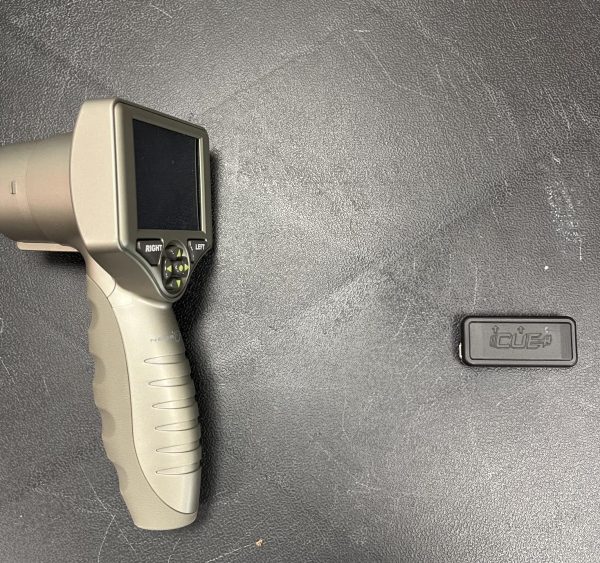
Mills and Kavka-Coogan are still working to draw conclusions from their research, but they have learned interesting information on the way.
“About sixty percent of lacrosse and rugby players we studied have symptoms of a concussion. That doesn’t mean they actually have one, but they’re symptomatic. If you didn’t know that when trying to bring that athlete back to play, you might be keeping them out a little bit longer than you need to,” Mills said.
As Mills and Kavka-Coogan demonstrated, Malvern is striving to lead high school concussion research. Mills explained one of their unprecedented methods.
“To be able to pull an athlete off of the field, measure them [and their symptoms] quickly, and put them back is a unique thing that Malvern is doing.”
For Mills, concussion research is more than winning awards. His biggest motivation to keep learning is his care for the Malvern community. As concussion awareness grows, Malvern Prep is leading the way with innovative research and detailed protocol. Efforts from Mills and the athletic staff ensure that student-athletes can play the sports they love while ensuring their long-term health.
“My biggest concern is that we keep developing and defining our protocol but also get information out to our Malvern community that we have this care for the students…Our coaches and athletic trainers are really concerned about our student-athletes, and they know that concussions and many other injuries, if not treated properly, can keep players sidelined longer or hurt them later in life,” Mills said. “The sooner we see our athletes and their injuries, the sooner we can treat it and get them back.”


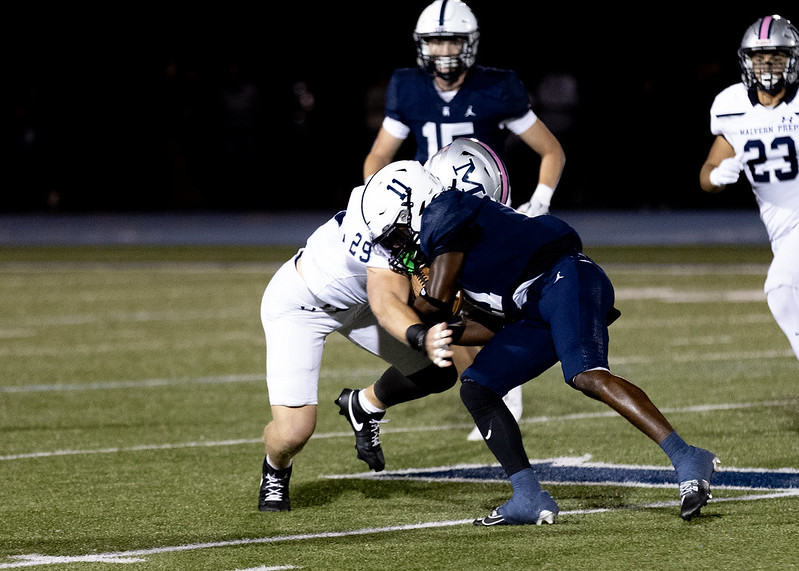
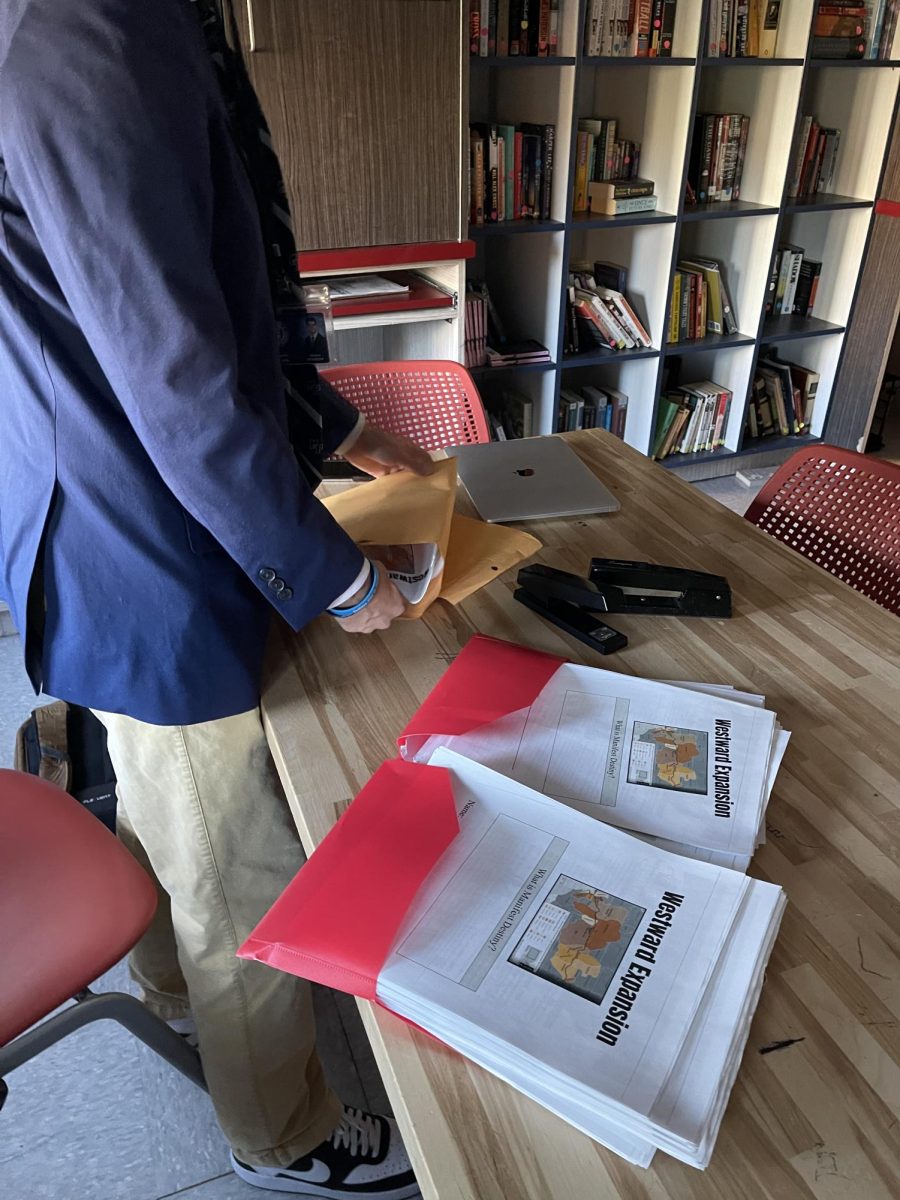
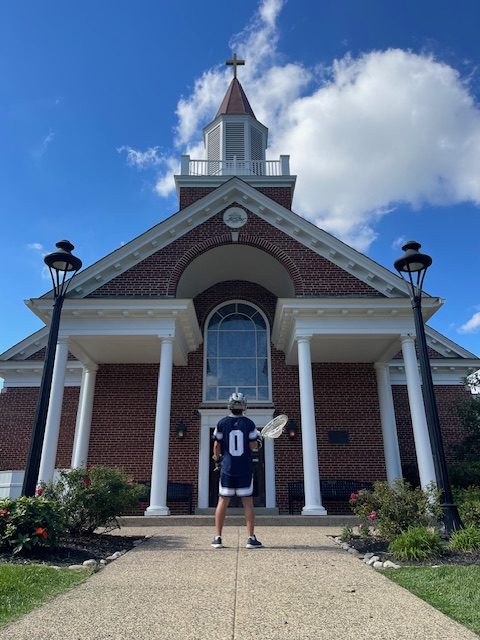
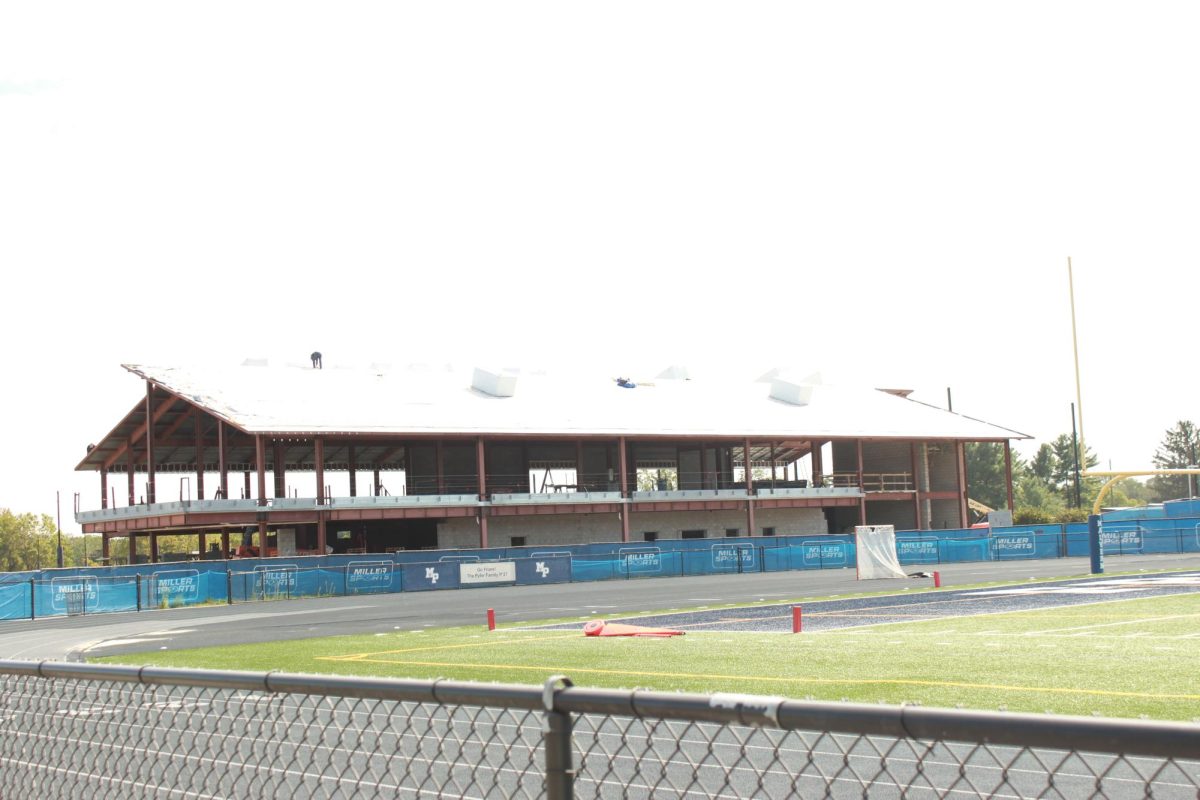
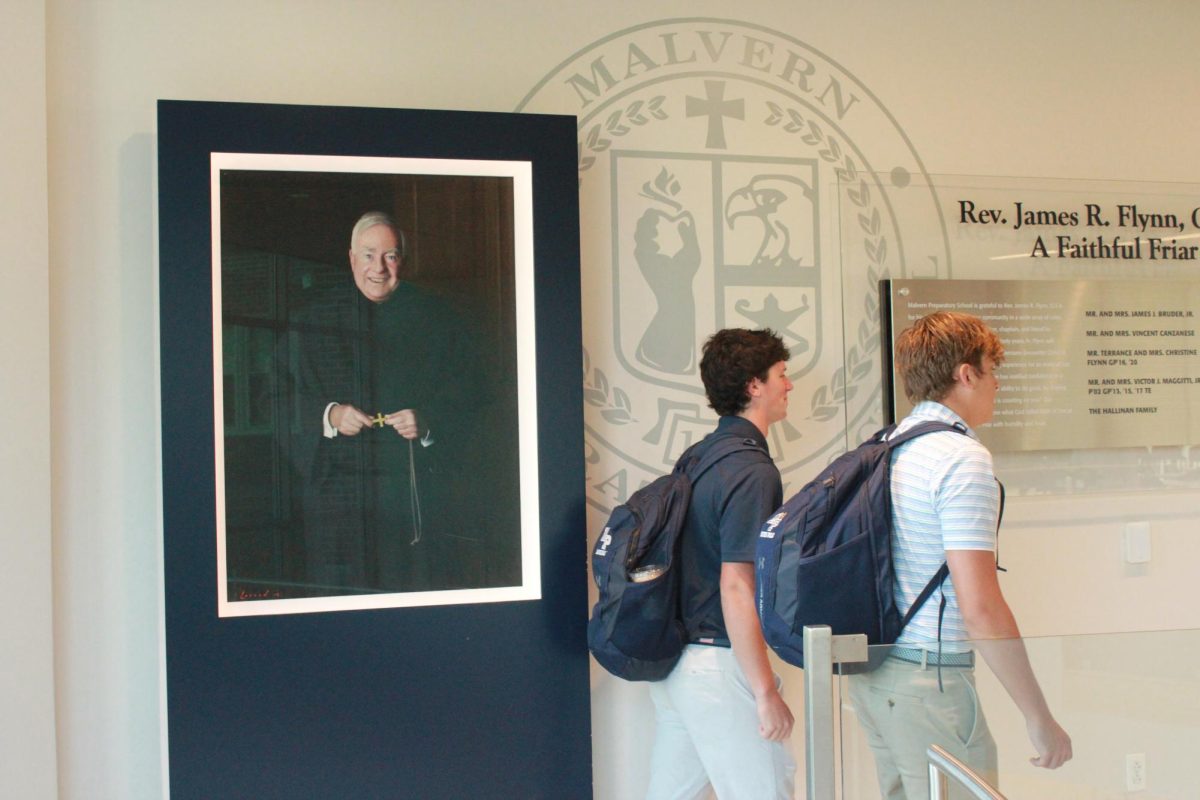
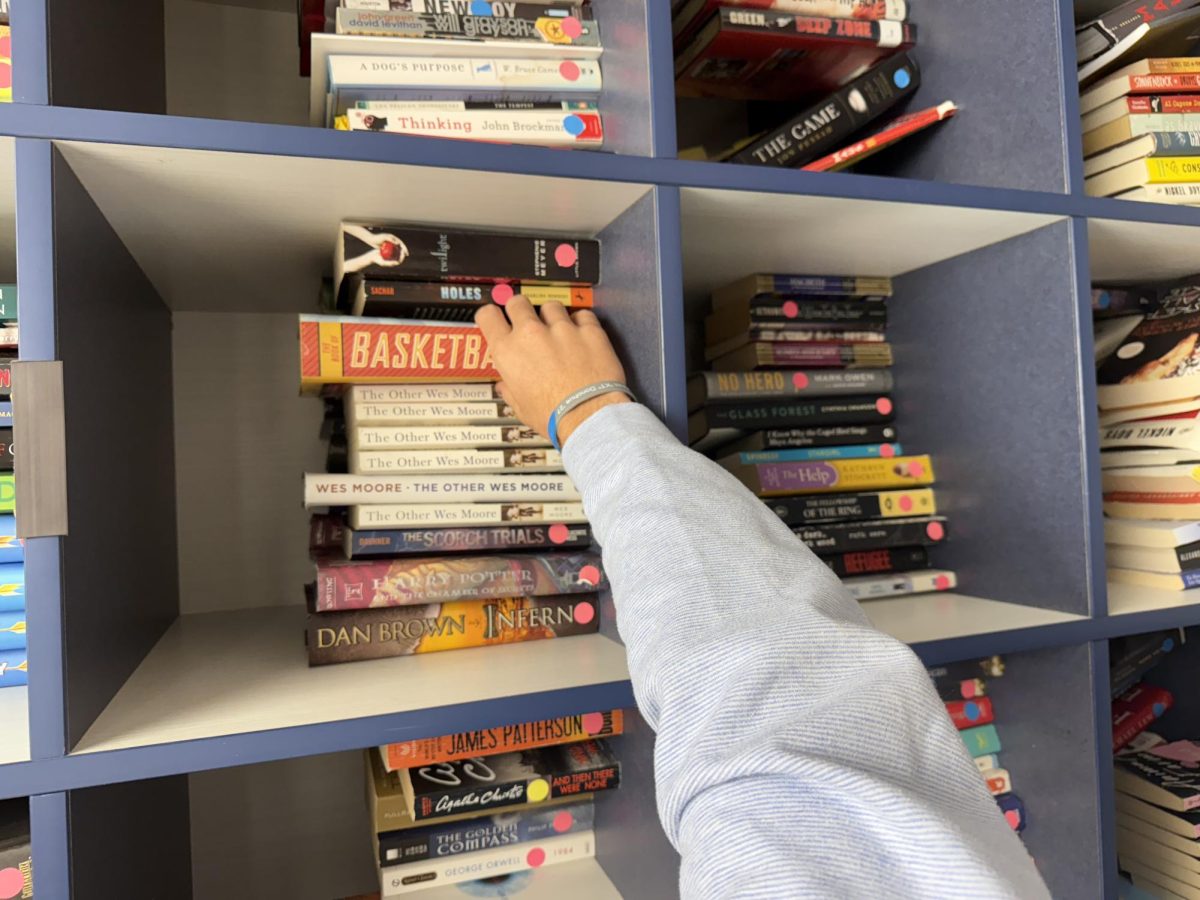
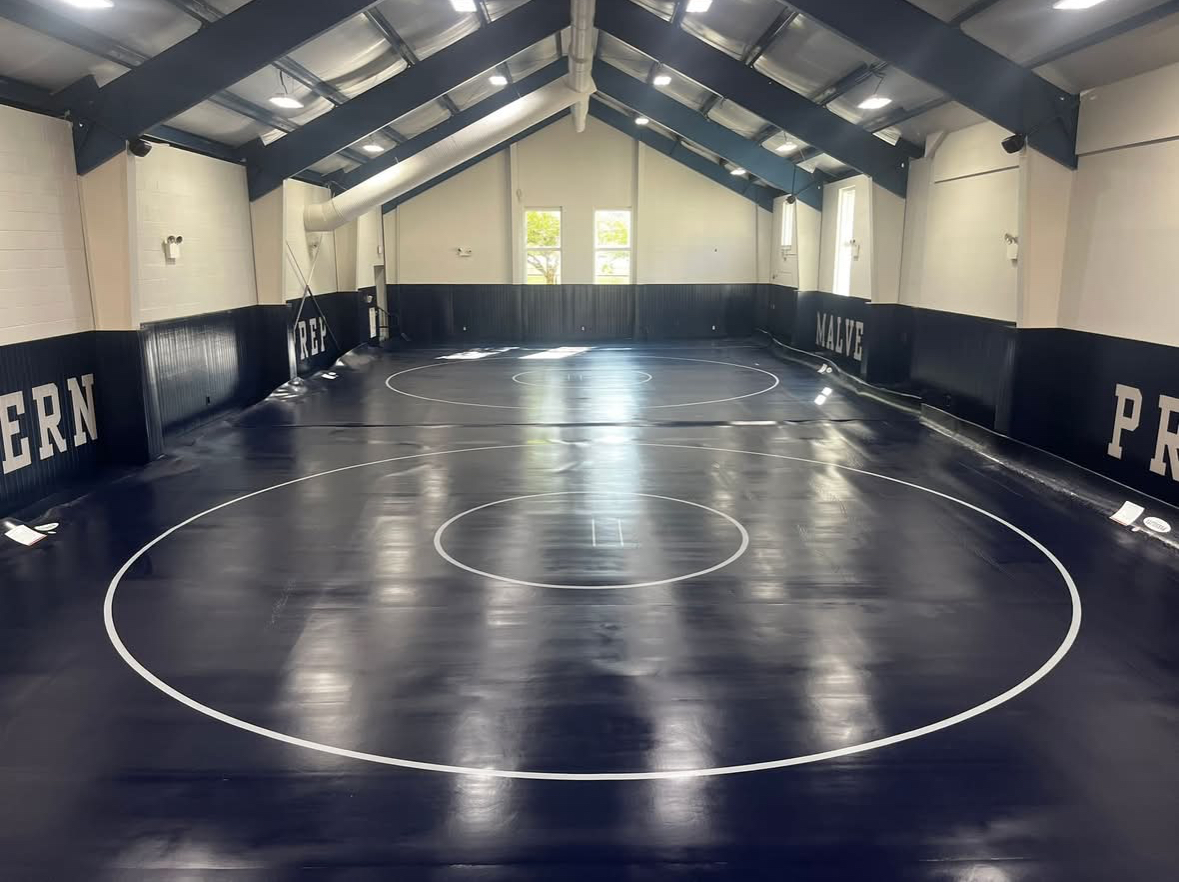

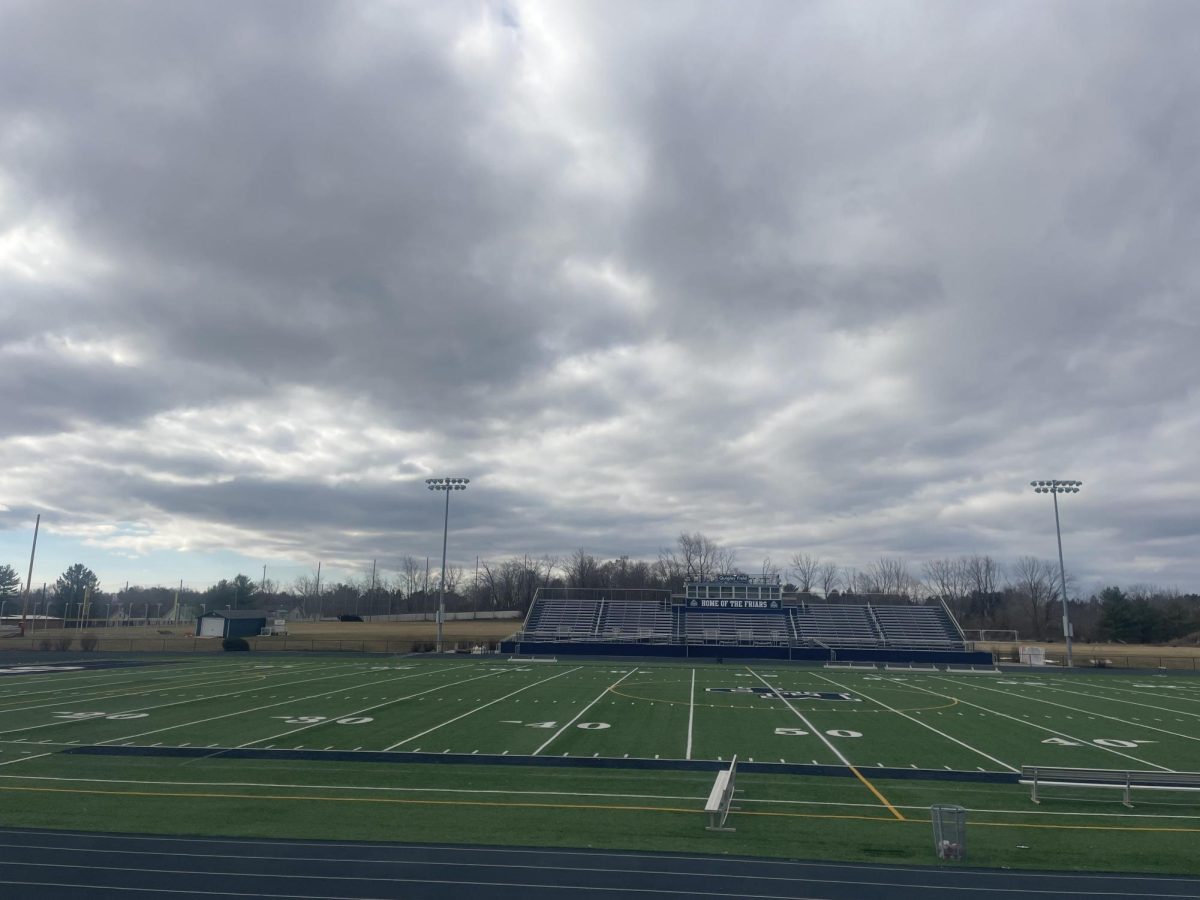
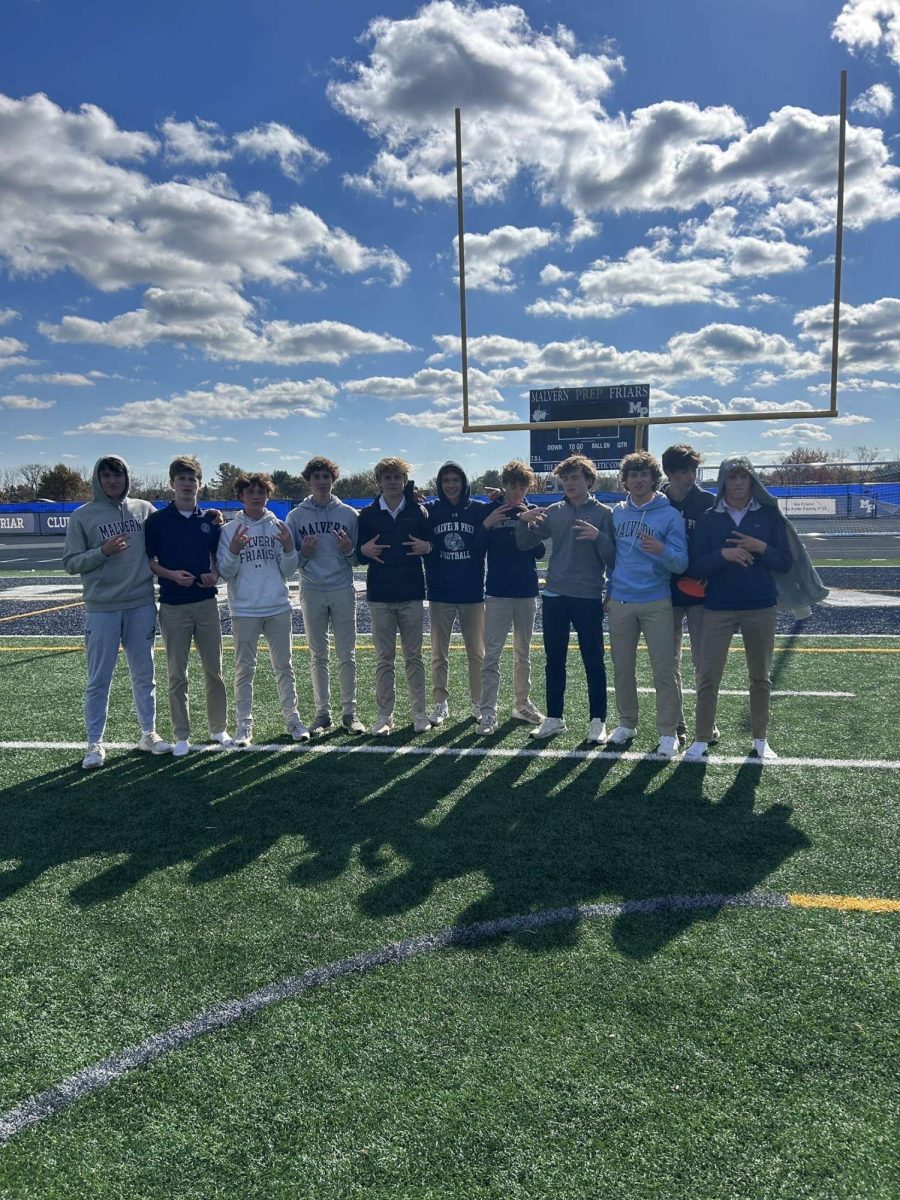

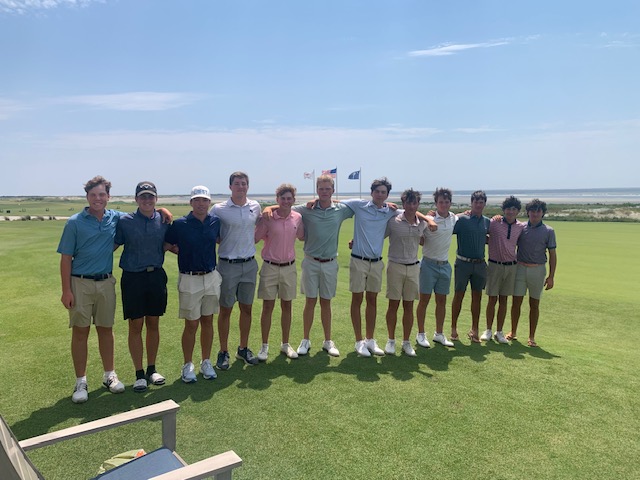
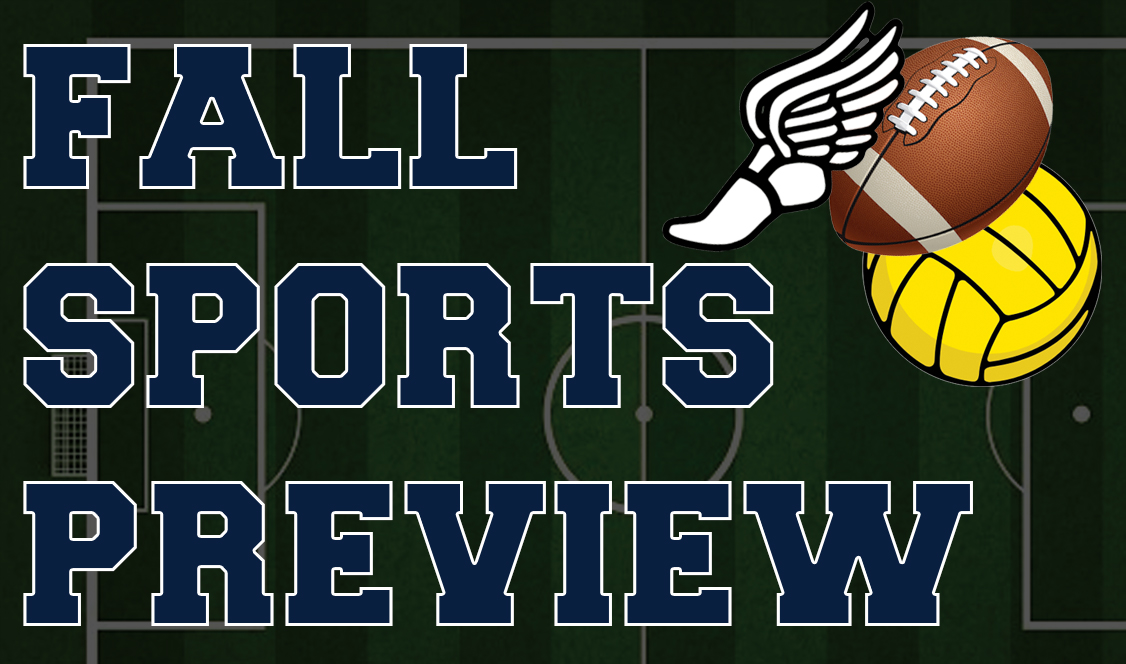
matt • Feb 4, 2025 at 9:18 pm
Michael, this is an incredibly well-written and thoroughly researched piece. You did a fantastic job breaking down the complexities of concussions and the evolving safety protocols, making it both informative and engaging. I really appreciated the insights from Dr. Mills, especially regarding the misconceptions about helmets and the importance of proper diagnosis and reporting. The section on Malvern’s research efforts was particularly impressive—it’s great to see such a proactive approach to player safety. This is such an important topic, and your article does an excellent job highlighting both the risks and the advancements in concussion prevention. Well done!